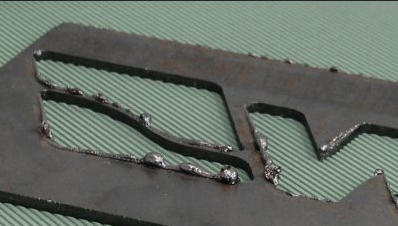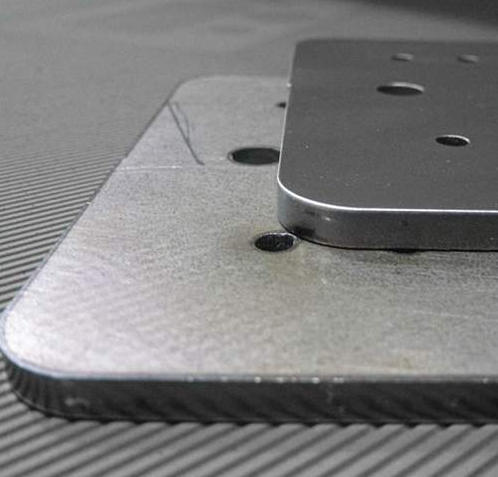Introduction to Modern Deburring
The deburring and finishing process has evolved significantly, marking a new era in sheet metal fabrication. With advancements in technology, modern systems now handle a variety of shapes, including those produced by punching and laser cutting. Process consolidation through innovative machinery addresses key challenges such as removing burrs from forming, bending, and laser operations, ensuring higher quality outputs.
How Deburring Machines Operate
Deburring machines utilize diverse mechanisms and abrasive media to smooth edges and surfaces. The selection of a machine depends on material type, part complexity, production volume, and desired finish. Below are common operating systems:

Mechanical Abrasive Systems
These systems employ tools to physically grind or brush away burrs. Examples include belt heads, which use abrasive belts on drums, and brush or disc heads that rotate to remove burrs and round edges—ideal for delicate or smaller components.
Mass Finishing Systems
Designed for high-volume production, mass finishing includes:
Vibratory Deburring: Parts and abrasive media are vibrated in a container, creating consistent rubbing action that polishes surfaces and removes burrs.
Tumbling (Barrel or Centrifugal): Components are tumbled in a rotating chamber with abrasive media and liquid compounds, leveraging force and friction for effective deburring.
Specialized Deburring Methods
For hard-to-reach areas or specific materials, specialized techniques are applied:
Thermal Deburring (TED): A combustible gas is ignited in a chamber, generating a thermal shockwave that instantly burns off burrs, particularly effective for internal features.
Cryogenic Deburring: Primarily used for plastics or rubber, this method chills parts with liquid nitrogen to embrittle burrs, which are then removed using non-abrasive media.
Innovations in Deburring Technology
Recent developments include systems that replace traditional scraping with brush spinning and beating motions. This approach ensures stable deburring and minimizes surface scratches, even on treated steel and stainless steel sheets. The 508 Deburring series, for instance, accommodates various materials and shapes, offering versatile solutions to common deburring challenges.

Why Deburring is Essential
Deburring provides critical safety, quality, and functional benefits:
Safety: Eliminates sharp edges, reducing injury risks for handlers and end-users.
Functionality: Ensures proper part assembly by preventing friction, binding, or premature wear in moving components like gears.
Aesthetics and Finish: Enhances visual appeal and prepares surfaces for subsequent treatments such as painting, plating, or coating, improving adhesion.
Durability: Removes stress concentration points that could lead to fatigue, cracking, or corrosion, thereby extending part lifespan.
Consistency and Efficiency: Automated deburring delivers faster, repeatable results compared to manual methods, reducing part rejection rates and enhancing production throughput.
Conclusion
The evolution of deburring and finishing processes represents a leap forward in manufacturing efficiency and product quality. By integrating advanced mechanisms and specialized methods, industries can achieve superior outcomes in safety, functionality, and durability. As technology continues to advance, deburring systems will play an increasingly vital role in meeting the demands of modern fabrication.



